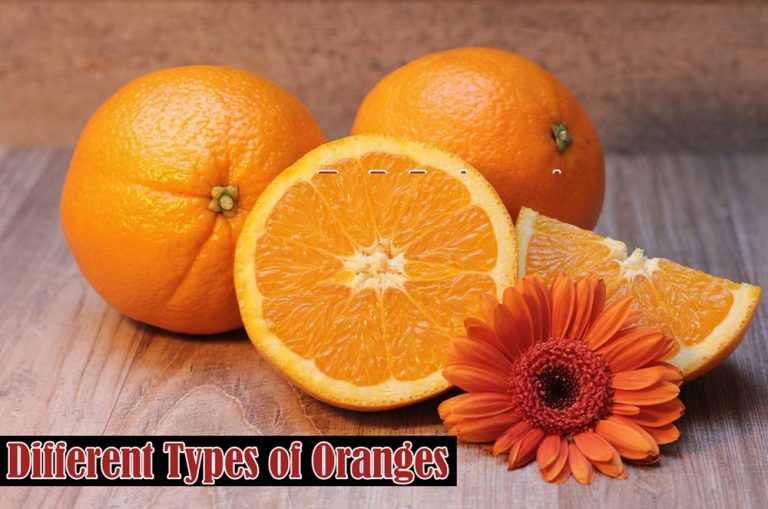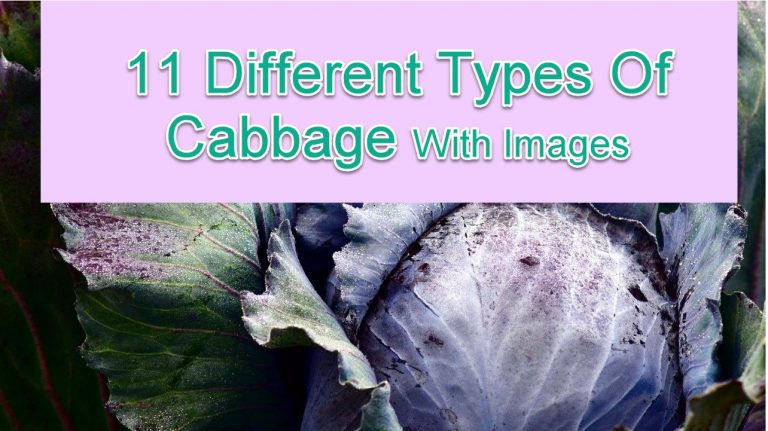7 Different Types Of Lentils With Images

Lentils are among the most nutritious foods today. However, there are different types of lentils and you might have not heard about some of them before.

If you know your lentils, you’ll have a better way of choosing which one would best suit your recipe. Not only that but you’ll have a greater understanding of their nutritional value and how they differ from each other.
Thus, in this post, let us go through the different types of lentils. Along with that, you will also see images of these lentils, so that you can instantly recognize them.
Let’s dive right into it!
Different Types Of Lentils
What are lentils?
Before we go any further, it is a must that we define terms.

Simply put, lentils are legumes, just like chickpeas, beans, peanuts, and soybeans. If you look into the term “lentils,” it came from the Latin word for “lens.” Perhaps, they call it that way because it looks like a small lens.
Some experts believe that lentils originated in the Near East. It eventually found its way in Asia, Europe, and North Africa.
Thus, you shouldn’t be surprised that some popular local cuisines have lentils in them. Some include the Ethiopian Stew, Indian Dal, and Egyptian Koshari.
Because of how lentils traveled throughout the world, it inevitably produced various types of lentils. Thus, we now have at least five known lentil varieties and we will be talking about them here.
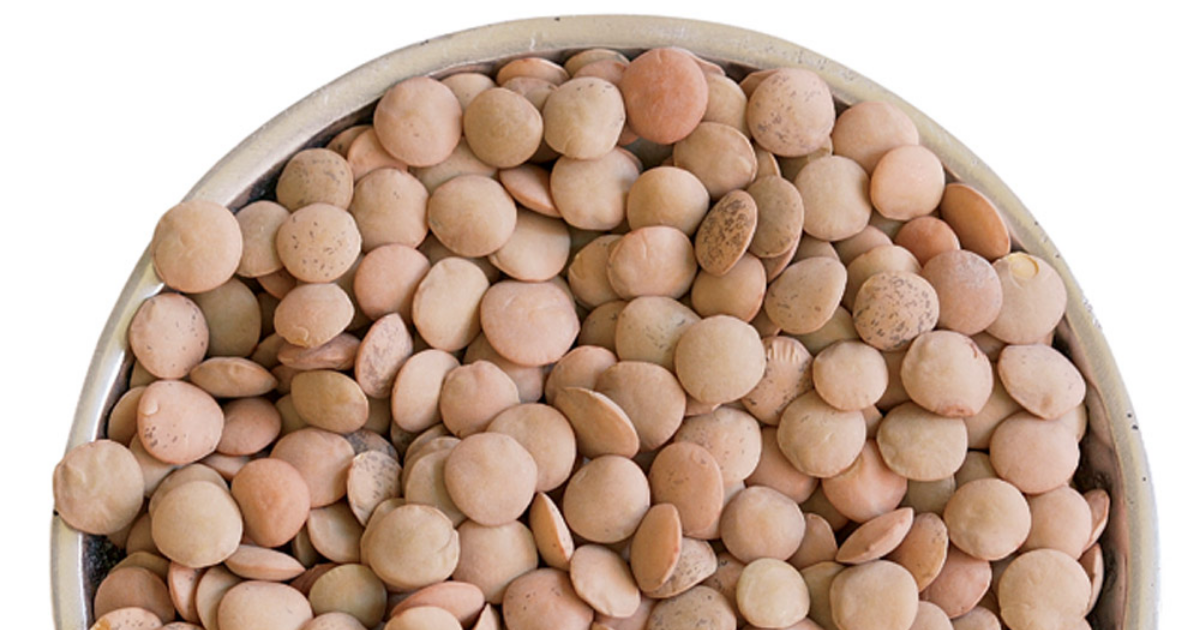
Brown lentils
As its name suggests, brown lentils are brown edible seeds. Their color ranges from khaki brown to dark brown. What sets brown lentils apart from other varieties is their mild, earthy taste.
Brown lentils are known to be a smaller variety compared to other types of lentils. It has a uniform size and it gets cooked faster as well. Brown lentils won’t easily lose their shape.
You can add brown lentils to soups and salads. You can also mash brown lentils and add them to your veggie burgers.
Under the brown lentil variety, there are subtypes as well. For example, you’ll find Indian brown, Spanish brown, and German brown lentils.
Out of all the varieties of lentils, brown lentils are the most common and widely used. You should be able to find this in your local grocery store or even online.
When it comes to nutritional value, brown lentil is a good source of protein and fiber. Aside from that, you’ll be happy to know that you get calcium, phosphorus, iron, and vitamin B from brown lentils as well.
If you are health conscious or trying to lose weight, brown lentils would also be a good choice. You have low fat and low sodium legumes in brown lentils and can easily become a substitute for meat.
How to cook brown lentils
If you have one cup of brown lentils, you would need 2 ½ to 3 cups of water to boil it in a medium pot. Once the water starts to boil, simmer it for 35-45 minutes. You can check the lentils from time to time and see if it is tender already.
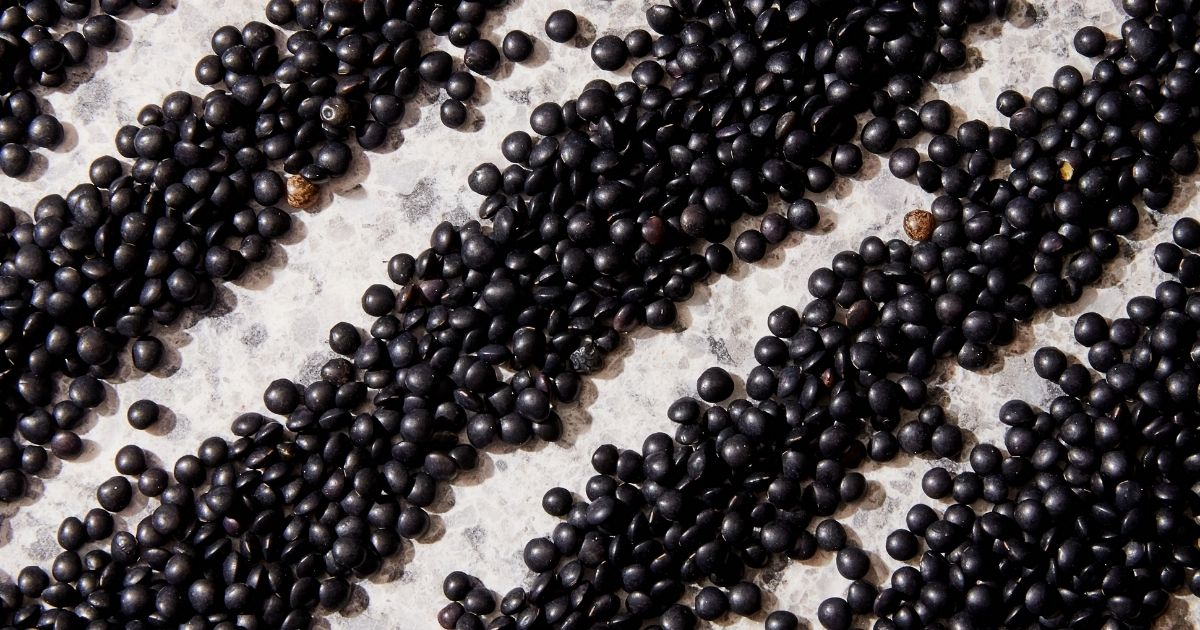
Black Lentils
Black lentils are obviously lentils with a dark color. They are known to be at par with black quinoa, black garlic, and black rice when it comes to nutritional content.
When you look at black lentils, they also look like caviar or fish eggs that look like black small tapioca. That’s why black lentils are also called beluga caviar.
Going back to nutritional content, black lentils are rich in protein. For vegans and vegetarians, black lentils can always be their go-to source of protein.
One particular nutrient that is worth noting would be anthocyanins.
Black lentils are rich in this nutrient, which is known to suppress cancer, viruses, and inflammation. Anthocyanins are antioxidants that give black lentils their black pigment.
Like the brown lentils, the black lentils hold up their shape after cooking. This makes black lentils a good addition to salads as well. It comes with a strong, earthy flavor.
Please take note that you would need to spend more time cooking black lentils. Drenching or soaking black lentils with water for a few hours could help soften the lentils and shorten cooking time.
Black lentils are known to be the rarest type of lentils and the most nutritious too. Thus, it is more expensive than the other lentils.
How to cook black lentils
Add 2 ¼ cups of water into a cup of black lentils. You can bring the water to a boil and let it simmer for 25-30 minutes or until the lentils are tender.

Red lentils
The red lentils aren’t always red. It comes with sub-types, which include yellow, pink, and orange colors. The taste of red lentils includes a mild sweet taste.
One particular type of red lentils is the Masoor dal. This is actually an Indian dish that uses pink lentils or Masoor dal in Hindi. The pink lentils can be cooked whole or split, with husk or without husk.
Red lentils are softer and they lose their shape once cooked. They get cooked faster too. It eventually becomes mushy.
Cooking red lentils is easy. There’s no need to soak red lentils. Red lentils can be cooked in just as fast as 15 minutes.
As a result, this property makes red lentils ideal for thickening soups, stews, dips, curries, and other dishes. You can mix red lentils with roasted veggies or simply eat red lentils on their own.
You will most likely see red lentils as the legume of choice in Indian and Middle Eastern cuisines.
How to cook red lentils
For red lentils, you can simply add 1 ½ cup of water to a cup of dried lentils. 10-15 minutes would be enough to cook red lentils. If you’re going to cook it for soup or stew, extend the cooking time by 15-30 minutes.
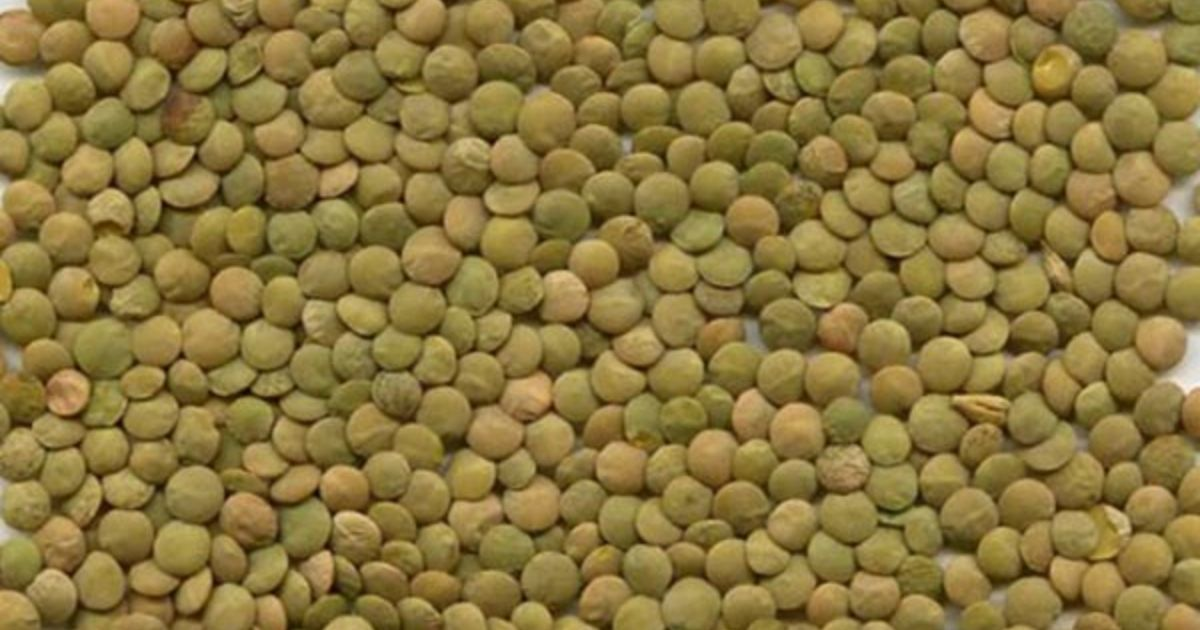
Green lentils
Green lentils are generally the toughest type of lentils compared to other varieties. It takes 35-45 minutes to cook. You can soak these lentils for a few hours if you want to shorten your cooking time.
Because green lentils retain their shape even after cooking, you can add them to a salad or turn them into bite-sized snacks. You can also add this into side dishes and soups.
Green lentils are pale green in color and have a flat or disk-like shape. They are rich in antioxidants, iron, and magnesium. It has a mild nutty flavor, which makes it easily blend with other ingredients.
Green lentils are commonly present in European cooking.
How to cook green lentils
You need to use 2 ½ cups of water in every 1 cup of green lentils. You may need 35-45 minutes of simmering the green lentils to make them tender. While simmering, feel free to add some aromatic herbs to improve the taste.
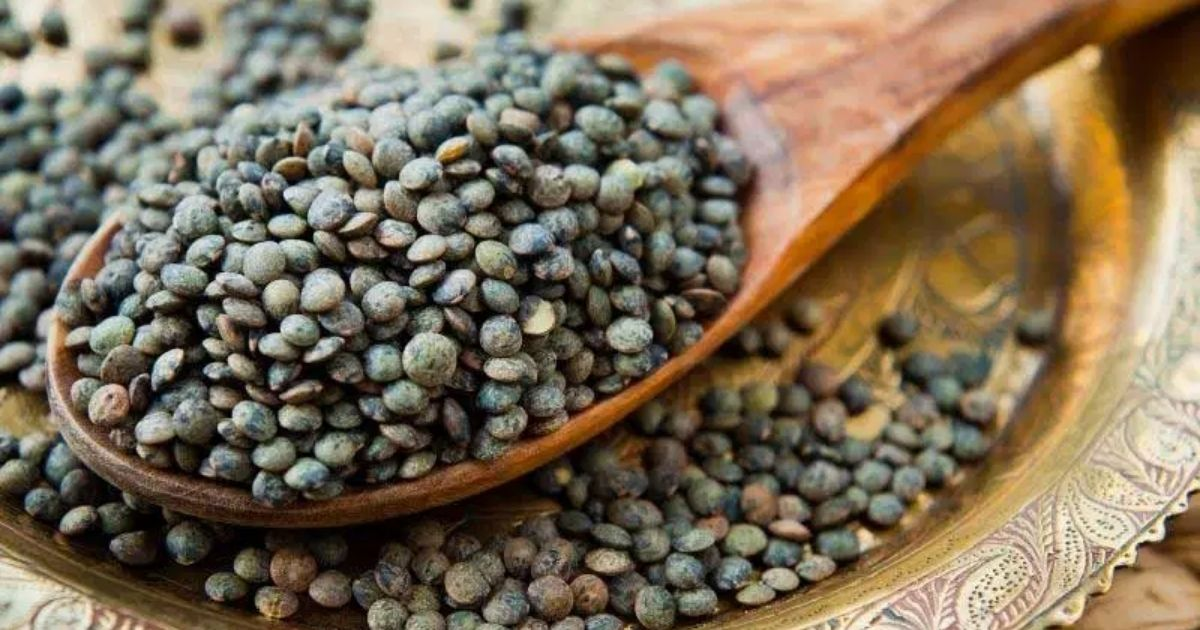
Puy lentils
Puy lentils or French green lentils were first cultivated in a region in France called Le Puy.
The volcanic soil around Le Puy makes Puy lentils thrive for many generations. Compared to the ordinary green lentils, the Puy lentils can be darker in color and much smaller.
Puy lentils are also hard and firm legumes. It doesn’t disintegrate easily and stays in shape after being cooked. It is a great addition to salads and dishes. Puy lentils come with a pepper-like taste. So, it’s a great way to freshen up your recipe.
Puy lentils are rarer than green lentils. They can also be more expensive as well.
How to cook Puy lentils
2 ½ cups of water should be enough to tenderize Puy lentils. You would need to spend about 20-30 minutes simmering the lentils. Using a pressure cooker can shorten the simmering period by 15-20 minutes.
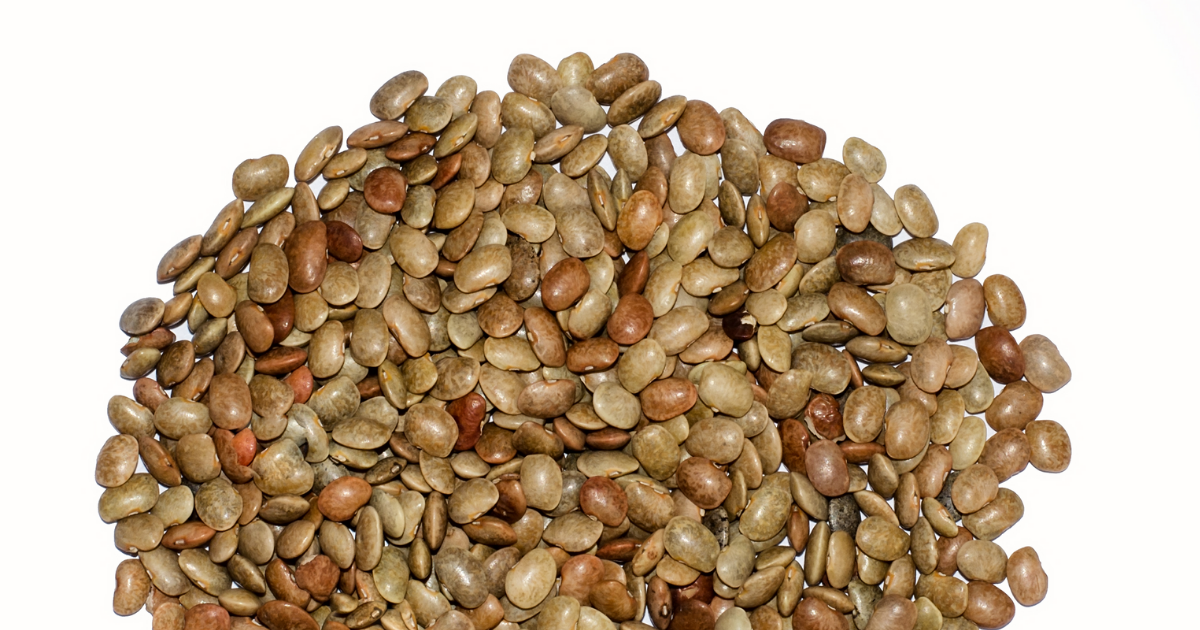
Horse gram
Among all the types of lentils, horse gram has the highest amount of protein. Horse gram was first cultivated in India and is commonly used in feeding horses as well as cows. That’s why it is called horse gram.
Though horse gram may sound like food for the horse, it can also serve as a protein source for human beings. In fact, you should give horse gram a try because of its abundant nutrients.
To avoid misconceptions, horse gram isn’t called horse gram in other countries. For example, in Tamil, horse gram is called Kollu and in Hindi, it’s called kulthi.
Today, horse gram is an important food staple in Southeast Asia because it is drought-resistant and easy to grow.
How to cook horse gram
Horse grams are tough legumes. So, you need to soak it if you wish to shorten your cooking time. Generally, overnight soaking should do a lot of softening.
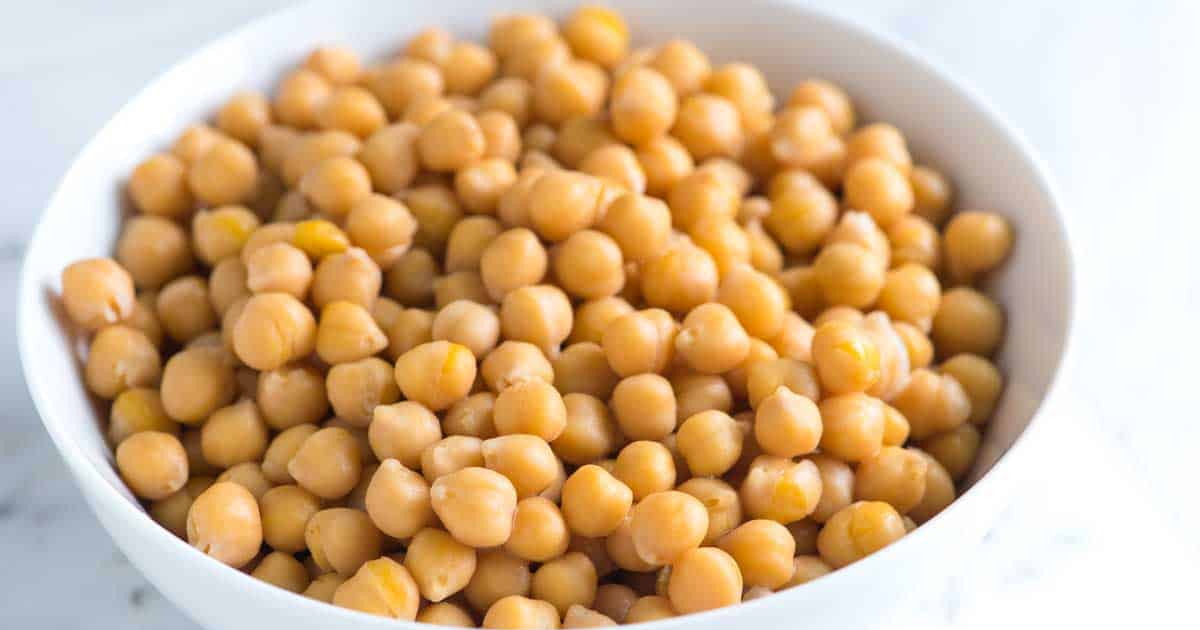
Chickpea
Chickpeas are larger than most varieties of lentils. In some places, chickpeas are also known as garbanzo beans. Chickpeas can easily be found in stores and they are sold in cans.
If you use dried chickpeas, you would need to cook them for about 40 minutes. They are harder and so, the cooking time would take longer. However, if you buy canned chickpeas products, you can eat or serve them without cooking.
Chickpeas are commonly served as hummus especially in North America.
Hummus is a rich, creamy dip made of chickpeas, tahini, and garlic. Hummus is a healthy snack as it offers fiber, protein, vitamins A, C, and E, iron, magnesium, folate, potassium, and healthy fats.
In India, chickpeas are commonly used in masala dishes. Larger chickpeas are used in this case.
The chickpeas are then combined with meat (it can be beef or chicken) and spices such as cumin, turmeric, garam masala, and ground coriander for a better-tasting dish.
How to cook chickpea
There are different ways to cook chickpeas and it depends on your recipe. Usually, you can start cooking chickpea by softening it first.
You can do this by putting the chickpeas in a small pot or large saucepan. Add water which should cover the chickpea by 2 inches. You can add bay leaves, garlic, and salt when boiling. This should lock in some flavors to your chickpea.
Simmer your chickpea for 20-25 minutes if you want firmer beans. If you wish to make it softer, you can simmer for up to 40-50 minutes.
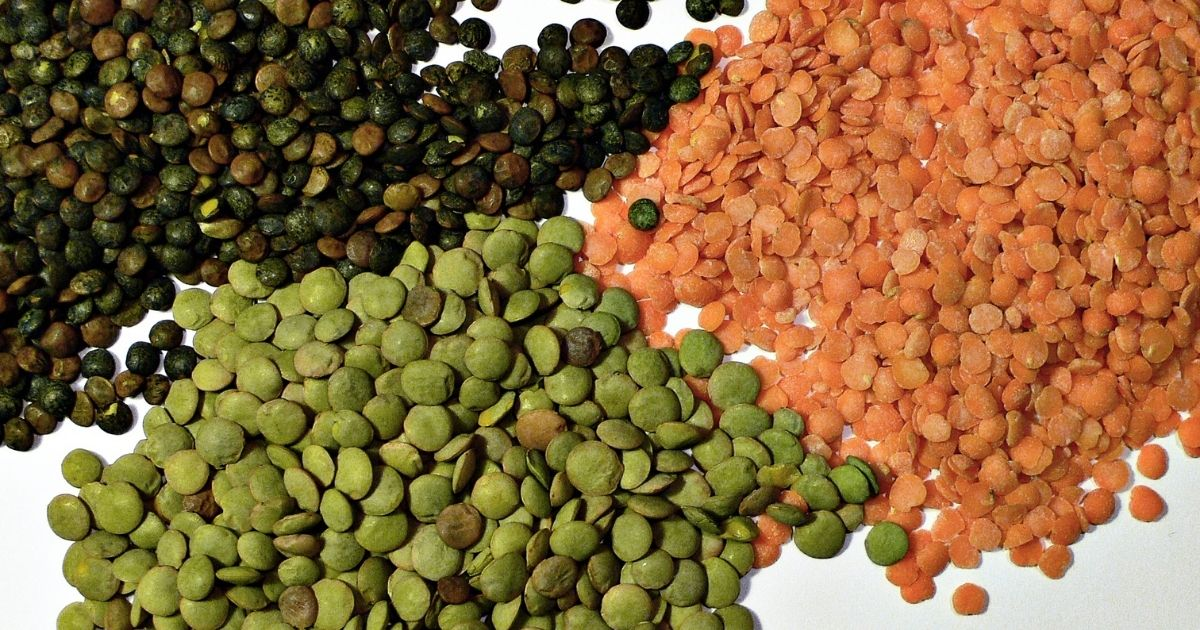
Nutritional value of lentils
While there are different varieties of lentils, they all share almost the same nutrients. These are the following:
Fiber
Lentils offer both soluble and insoluble fibers. Soluble fibers are good for improving sugar and blood cholesterol levels. On the other hand, insoluble fibers are good for digestion.
Protein
Legumes such as lentils are best known for their high level of protein. They are a great alternative for people who need protein but cannot consume meat.
Folate
Aside from protein, lentils are a good source of folate. In fact, it is said that lentils give you 90 percent of your needed folate each day. Folate is an important nutrient that will help you produce new cells. Folate is also essential in the development of babies inside the womb.
Carbohydrates
Lentils give you a massive amount of energy source that you can use all throughout a day’s work. With the combination of fiber, you can slowly consume these carbohydrates and sustain yourself for a longer period.
Minerals and vitamins
Lentils are packed with minerals and vitamins that include the following:
- Thiamine – helps in regulating the proper use of carbohydrates and improving nerve function.
- Vitamin B6 – essential for normal brain development and a better immune system.
- Niacin – helps in keeping the digestive, nervous, and integumentary systems healthy.
- Iron – supports the growth and development of the body.
- Pantothenic acid – converts food to energy.
- Phosphorus – helps in developing bones and teeth.
- Magnesium – supports the function of nerves and muscles.
Choose the right lentil for you
Lentils are no doubt a nutritious food that will not only make you healthy but also happy as you enjoy your meal. You can choose any lentils available to you.
Be sure to consider their taste, what they are good for, and how to prepare them so you use the right lentil.
